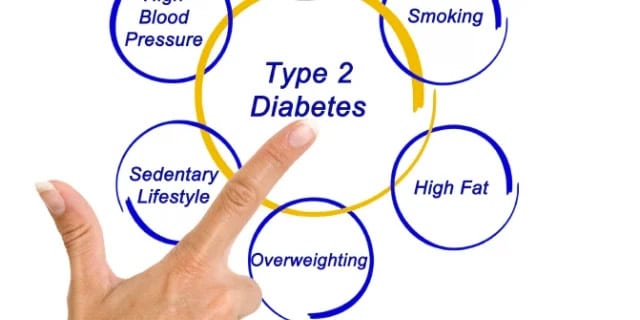Heart and vascular disease often go hand-in-hand with diabetes. Anyone living with diabetes is at a much greater risk for suffering from heart attacks, strokes and high blood pressure. Another vascular problem due to diabetes includes poor circulation to the legs and feet. Unfortunately, many of these cardiovascular problems can start early in life and may go undetected and untreated for years, increasing the risk of a major cardiovascular event.
Silent heart disease in young people with diabetes
Serious cardiovascular disease can begin before the age of 30 in people with both Type 1 and Type 2 diabetes. Type 1 diabetes (also called insulin-dependent diabetes mellitus) is an autoimmune disease in which the body’s immune system attacks the cells in the pancreas that produce insulin, resulting in little to no insulin. Type 2 diabetes (also called non-insulin dependent diabetes mellitus) is the result of the body’s inability to make enough, or to properly use, insulin.
According to the American Diabetes Association (ADA), damage to the coronary arteries is two to four times more likely in asymptomatic people with Type 1 diabetes than in the general population. Symptoms may be absent or unnoticeable at first. Therefore, the ADA recommends early diagnosis, treatment and management of cardiac risk factors in young adults. These risk factors include high blood pressure, high cholesterol, smoking, being overweight, lack of physical exercise, poor diet, and family history of heart disease.
What causes heart disease in people with diabetes?
People with diabetes often have changes in their blood vessels that can lead to cardiovascular disease. For those living with diabetes, the linings of the blood vessels may become thicker, making it more difficult for blood to flow through the vessels. When blood flow is impaired, heart problems or stroke can occur. Blood vessels can also suffer damage elsewhere in the body due to diabetes, leading to eye problems, kidney problems and poor circulation to the legs and feet (peripheral arterial disease or PAD).
Prevention and Treatment of Heart Disease in People with Diabetes
Even when you’re taking proper care of yourself, heart disease may occur. Specific treatment for heart disease will be determined by your health care provider based on:
- Your age, overall health and medical history
- Progression of the disease
- Your tolerance for specific medications, procedures or therapies
- Expectations for the course of the disease
- Your opinion or preference
Taking care of yourself and controlling your blood sugar can often slow down or prevent the onset of complications. Other preventive treatment measures may include:
- Seeing a health care provider on a regular basis
- Having annual cholesterol and blood pressure checkups, and pulse measurement in your legs and feet
- Paying attention to your symptoms and reporting them promptly to your doctor
- Controlling your blood sugar levels
- Control blood pressure levels with lifestyle and diet changes and/or medication
- Keeping low-density lipoprotein (LDL) levels (the “bad” cholesterol) at less than 100 mg/dL
- Controlling your weight
- Exercising regularly
- Eating a healthy and balanced diet
- Not smoking and avoiding exposure to secondhand smoke
- Limiting your intake of alcoholic beverages
To learn more about Oklahoma Heart Institute’s Division of Endocrinology, please click here.

